We love a bit of industry research around here and the latest findings from James Hardie are very interesting indeed. A first for the brand, the Modern Homes Forecast 2024 is part of an initiative to better understand the lifestyles of Australians and thus what consumers are interested in using in their homes. Essentially, it revealed how we living and what we want in our homes.
Research was undertaken by Fiftyfive5 who combined desktop research, AI technology and expert interviews with architects, designers and key industry journalists to help identify seven distinct modern homes styles that are shaping contemporary housing.
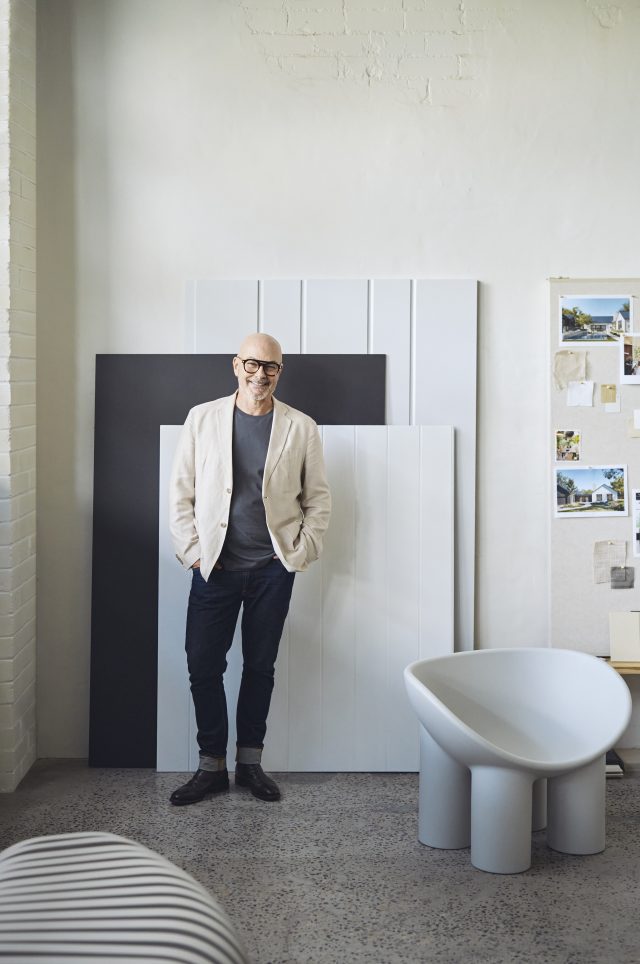
Research on architectural features and exterior and interior design trends was gathered from thousands of individual sources, including more than 28,340 posts from over 200 of the world’s most renowned designers and influencers. This was analysed alongside more than three million search terms, and it produced some fascinating findings that informed the creation of the list of seven enduring and popular home styles.
It found that Australia is experiencing a profound shift in family dynamics and living arrangements – incredibly, couples without children are projected to become the most common family type over the next five years. Also, the cost-of-living crisis has seen people embrace multigenerational living with 20% of Australians now residing in multigenerational households. Regional migration is up (16% from pre-COVID levels) and there’s a growing dissatisfaction with city living (it rose from 10 to 14% in 2023). And despite a push back to the office, more than half of Aussies are currently working from home, prioritising and upgrading home offices to meet their needs.
Living trends aside, the findings have identified seven key home styles that will never go out of style.
Modern Farmhouse: Seamlessly blending traditional and contemporary elements, the Modern Farmhouse satisfies the desire for modern functionality while embracing the comfort of traditional design and craftsmanship. Neutral colour palettes, open-plan living, and the distinctive touch of black windows define this style, adding a striking contrast and a modern architectural flair to the timeless charm of the farmhouse aesthetic.
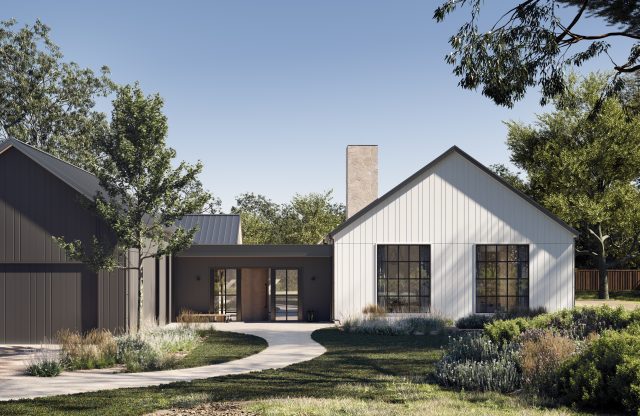
Box Modern: The Box Modern style is characterised by large blocks or cube-shaped volumes that are stacked, intersecting, or arranged to form contemporary residences.
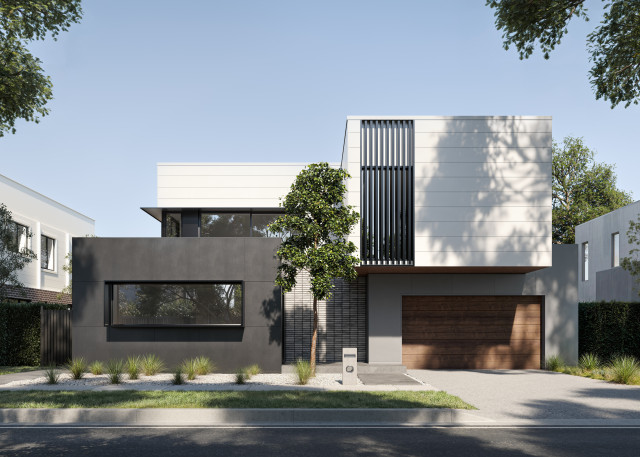
Modern Heritage: Elevating traditional homes through sensitive restoration, bold renovation, and modern extensions, Modern Heritage balances old and new with streamlined, minimalist contrasts. This style embraces the junction of heritage and contemporary features, creating homes of timeless elegance while seamlessly integrating modern extensions to enhance functionality and style.
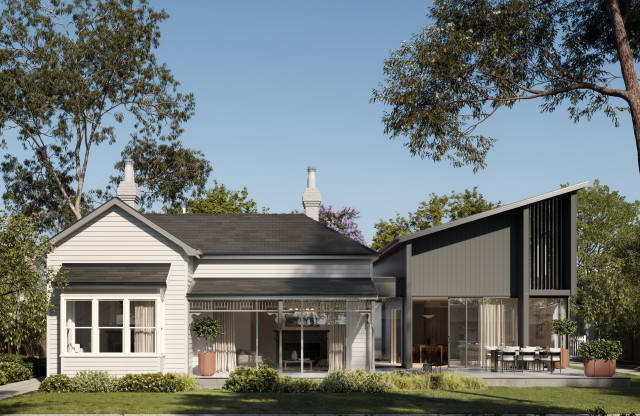
Mid-Century Modern: Juxtaposing clean, geometric lines with organic shapes and bright accent colours, Mid-Century Modern homes evoke light-heartedness and optimism. Practicality and purpose define this style, which updates nostalgic elements with modernist sensibilities.
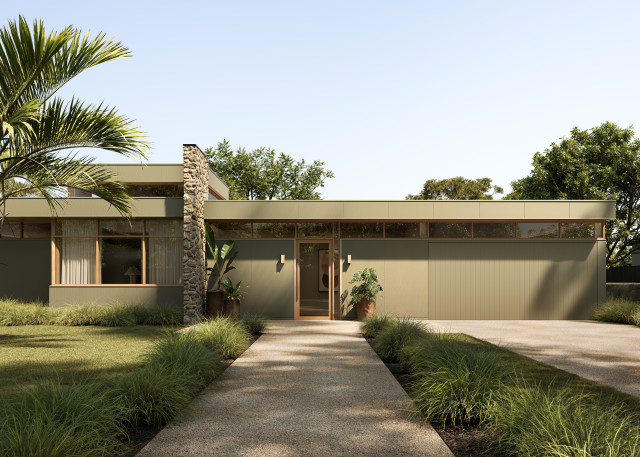
Japandi: Combining Scandinavian functionality with Japanese minimalism, Japandi creates spaces that are minimal yet warm. Natural materials, neutral colours, and indoor/outdoor living characterise this style, promoting a deep connection to nature.
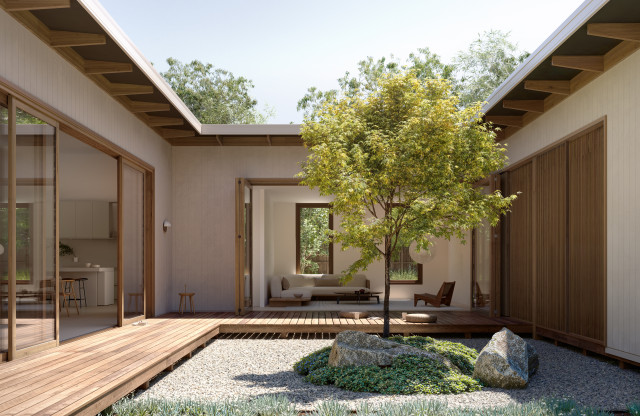
Barn: Inspired by Nordic minimalism and a connection with nature, the Barn style emphasises clean lines and craftsmanship. Pitched roof, open-plan living, and a dedication to natural materials define this style.
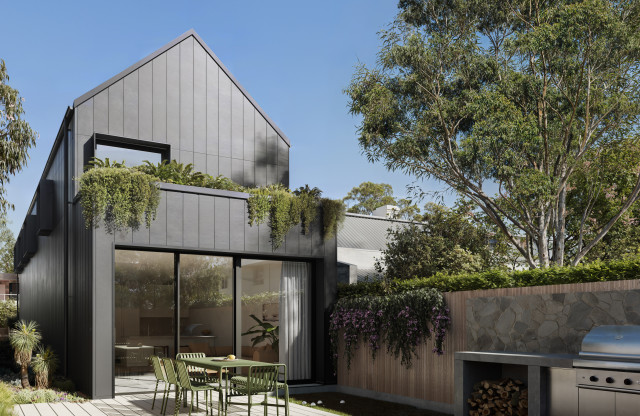
Modern Coastal: A contemporary take on traditional coastal design, Modern Coastal homes blur the lines between indoor and outdoor living. Crisp white weatherboards, wide stacking doors, and clerestory windows define this style, offering laid-back luxury inspired by Australia’s beach shack history.
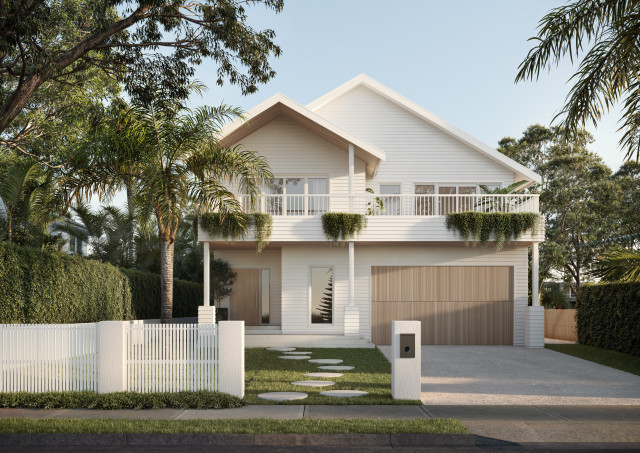
For more on the Modern Homes forecast 2024
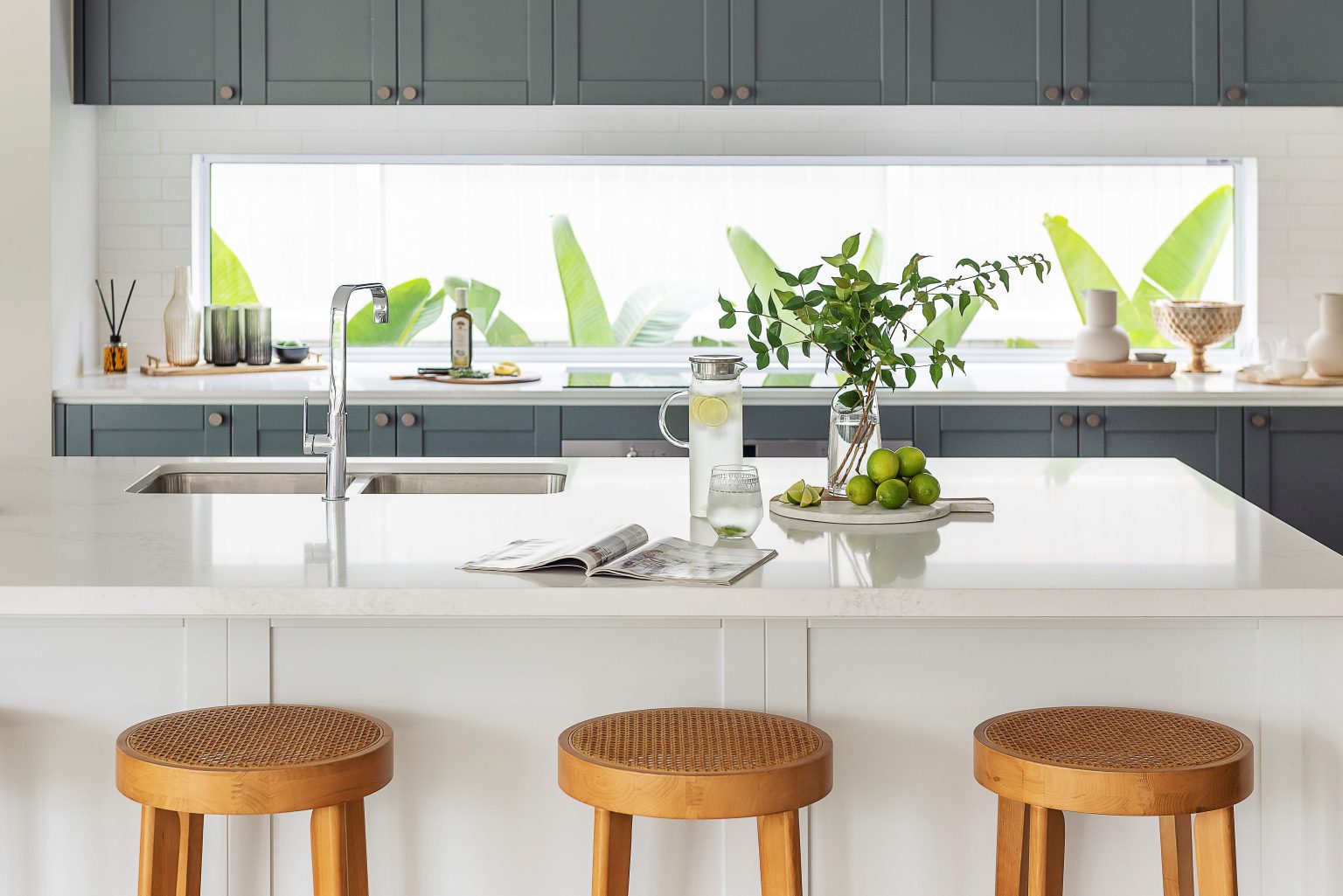
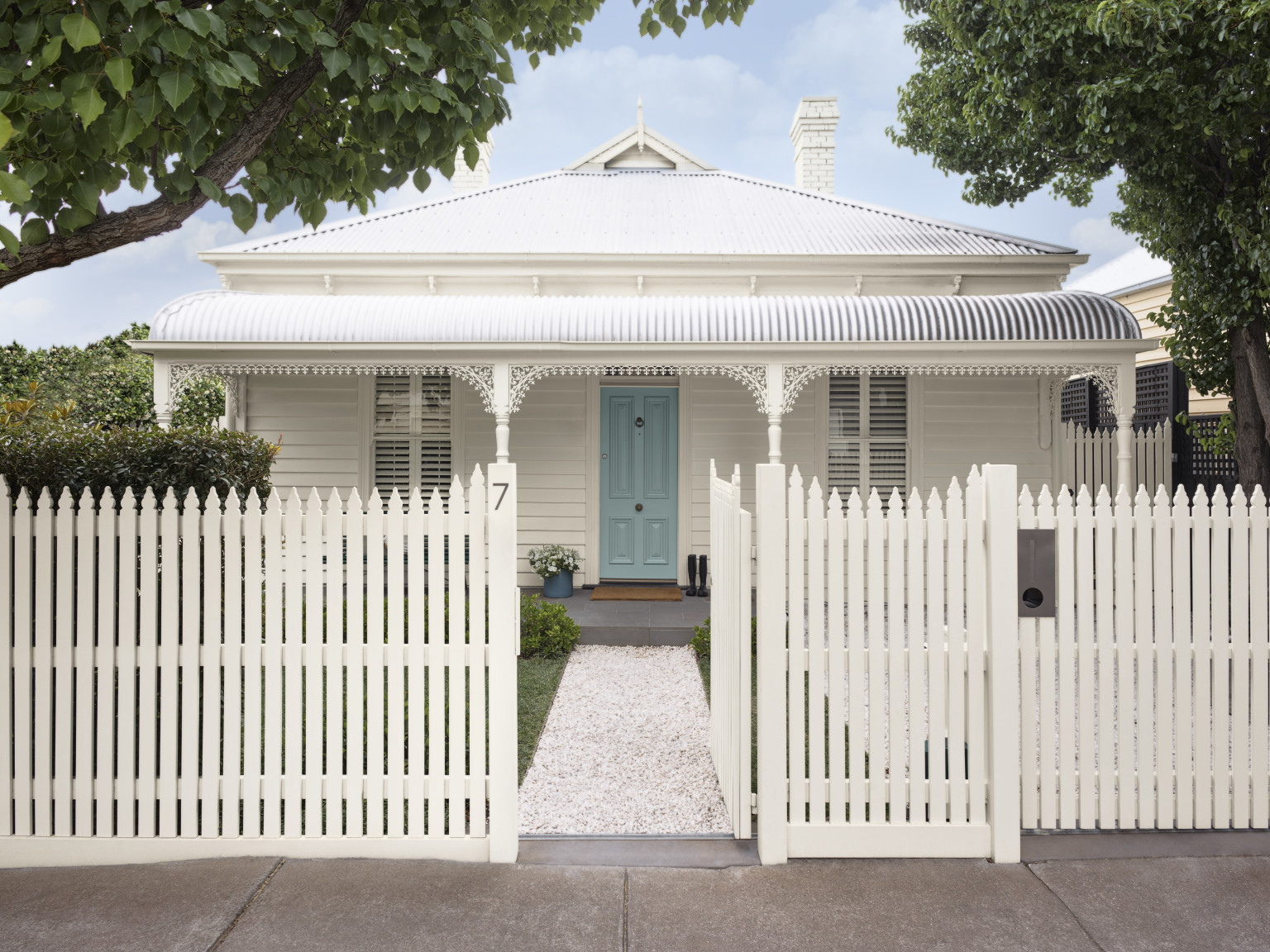
The post Child-free couples may become most common Australian family type appeared first on The Interiors Addict.
theinteriorsaddict.com










